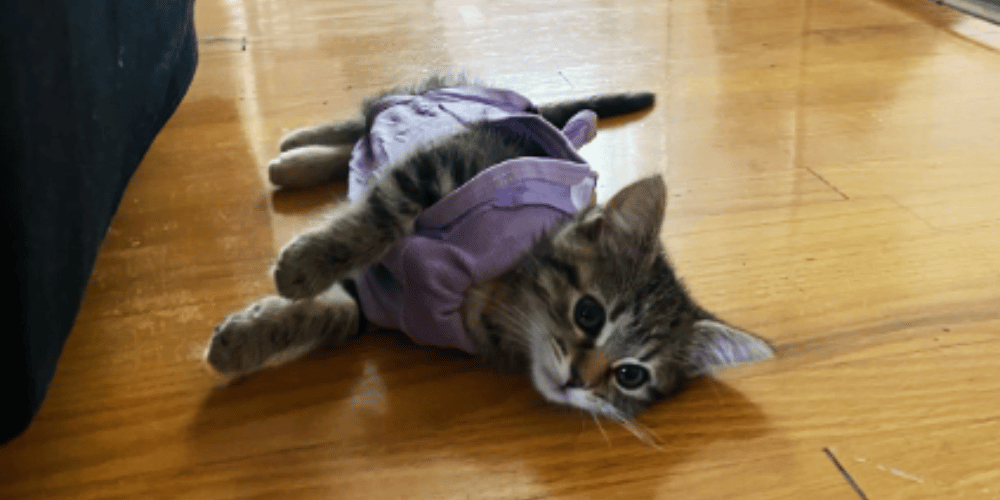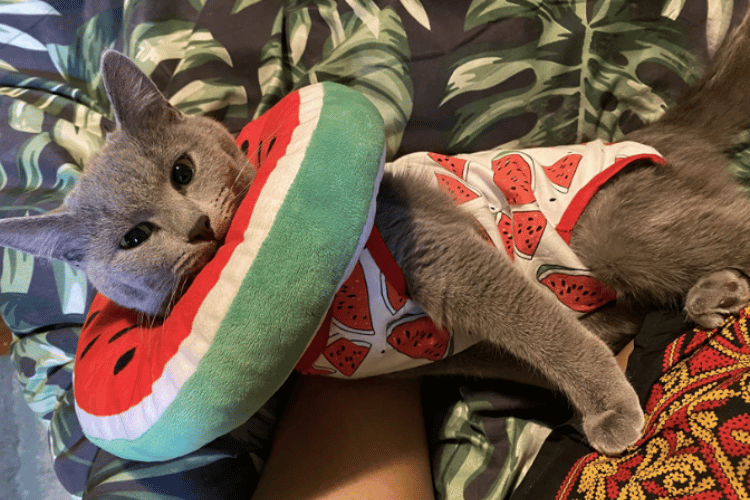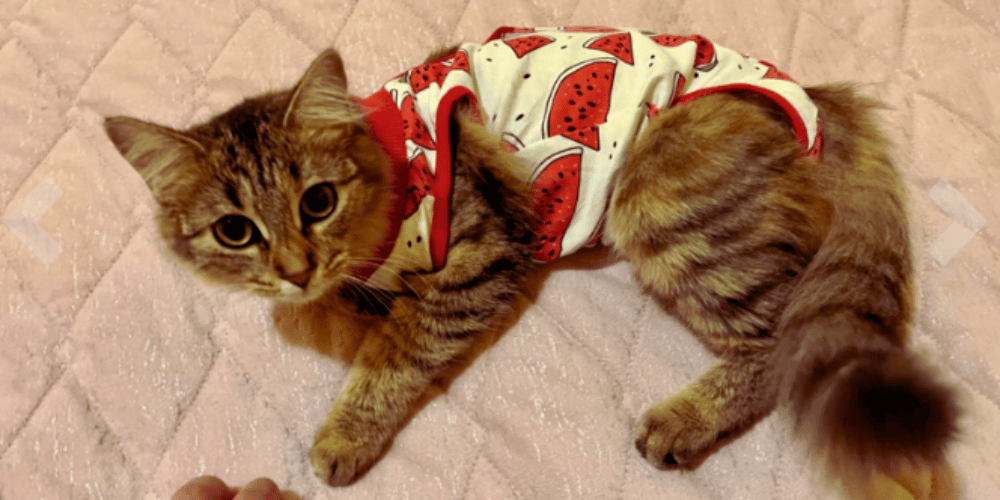Are you a cat owner who recently had your feline friend spayed? While spaying is a common procedure that can benefit your cat's health in the long run, it's essential to understand the aftercare that comes with it.
One of the most crucial aspects of post-surgery care is limiting your cat's activity. But what happens if your cat jumps after being spayed? In this comprehensive article, we'll explore the potential dangers of your cat jumping after being spayed and how to prevent them.
Stay tuned to ensure your cat's safe and speedy recovery.

Postoperative Care for Your Cat After Spaying
Spaying your cat is a common surgical procedure that is recommended by veterinarians. It involves removing the ovaries and uterus of the cat to prevent pregnancy, protect against various reproductive diseases, and improve the overall health of your cat.
After spaying, your cat may be groggy and disoriented, and it is important to provide proper care to ensure a smooth and successful recovery. One aspect of this recovery is ensuring that your cat does not jump or engage in strenuous activity.
In this section, we will discuss what happens if your cat jumps after being spayed and why you need to prevent it.
When a cat jumps after being spayed, it puts pressure on the surgical site, causing strain on the skin, tissue, and sutures that were used to close the incision.
The area around the incision is already sensitive, and any additional pressure can cause significant pain, reopening of the wound, or internal harm.

If the wound reopens after being spayed, it can lead to an infection, significant blood loss, and a more prolonged recovery period.
Jumping can also cause internal damage, such as tearing, internal bleeding, and organ displacement. These complications can be life-threatening and require immediate medical attention.
To prevent these complications, it is essential to limit your cat's activity level after spaying. You should restrict your cat's movement to a small area or a crate as advised by your veterinarian.
You can also provide soft bedding to minimize discomfort and pain and make sure that your cat has access to water, food, and a litter box.
In addition to limiting your cat's activity level, you should also monitor their behavior. If you notice any unusual behavior, such as lethargy, bleeding, or vomiting, contact your veterinarian immediately. Your cat may require additional medical intervention to ensure a successful and safe recovery.
In conclusion, jumping after being spayed can cause significant harm to your cat's health and prolong its recovery period. It is vital to follow your veterinarian's postoperative care instructions and limit your cat's activity level to prevent complications.
By providing proper care and monitoring your cat's behavior, you can ensure a smooth recovery and a happy, healthy cat.

FAQs - What happens if my cat jumps after being spayed?
Welcome to the FAQ section dedicated to answering your queries about what happens if your cat jumps after being spayed.
We understand that post-surgery care for your feline friend is crucial, and it's natural to have concerns about their activities during the healing process.
In this section, we will address the common questions and provide you with valuable information to ensure your cat's well-being and a smooth recovery.
Let's dive in and find out more about the potential risks and precautions related to your cat jumping after being spayed.
Can my cat jump after being spayed?
Yes, your cat can still jump after being spayed. However, it is recommended to limit her physical activity, including jumping, for a few days after the surgery to prevent any complications or injuries.
What are the risks if my cat jumps too soon after being spayed?
Jumping too soon after being spayed can put a strain on the surgical site and may lead to complications such as tearing of the incision or internal bleeding. It is important to follow the post-surgery instructions provided by your veterinarian to ensure proper healing.
How long should I restrict my cat's jumping after spaying?
The exact duration of restricted activity will vary depending on your cat's circumstances and the specific instructions given by your veterinarian. In general, most cats are advised to avoid jumping for at least 7-10 days after the surgery.
What can I do to prevent my cat from jumping during her recovery period?
To prevent your cat from jumping, you can provide her with a quiet and confined area where she can rest comfortably. Use pet gates or barriers to restrict access to high surfaces or areas where she may be tempted to jump. You can also provide soft bedding and toys to keep her entertained without exerting too much physical activity.
What signs should I look for if my cat jumps too soon after spaying?
If your cat jumps too soon after being spayed, keep an eye out for any signs of discomfort or complications, such as excessive licking or chewing at the incision site, swelling, redness, discharge, or behavioral changes. If you notice any concerning symptoms, it is important to contact your veterinarian for further guidance and evaluation.
It's important to take care of your pet's health after spaying, and that includes keeping them from jumping around. Jumping can cause the incision site to open, leading to infection and other complications.
To ensure your cat's recovery is successful, provide plenty of rest and recovery time. Offer comfortable beds and plenty of toys that can be enjoyed without jumping.
Give your cat the best chance at a healthy life after spaying by monitoring their activity and preventing them from jumping around.
With the right care, your cat can make a full recovery and enjoy a happy, healthy life.
Thank you for visiting LegitLists we hope this helps you make a legitimate choice!






